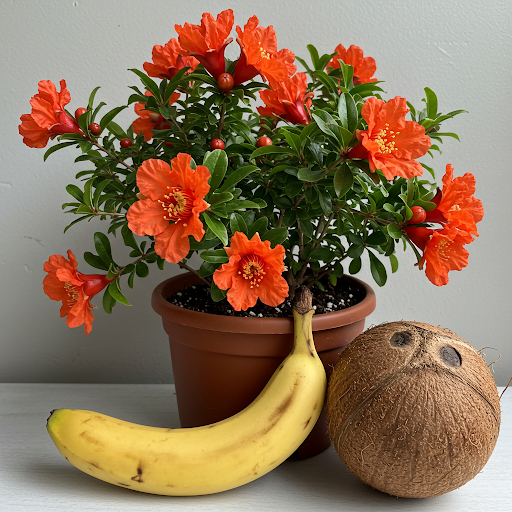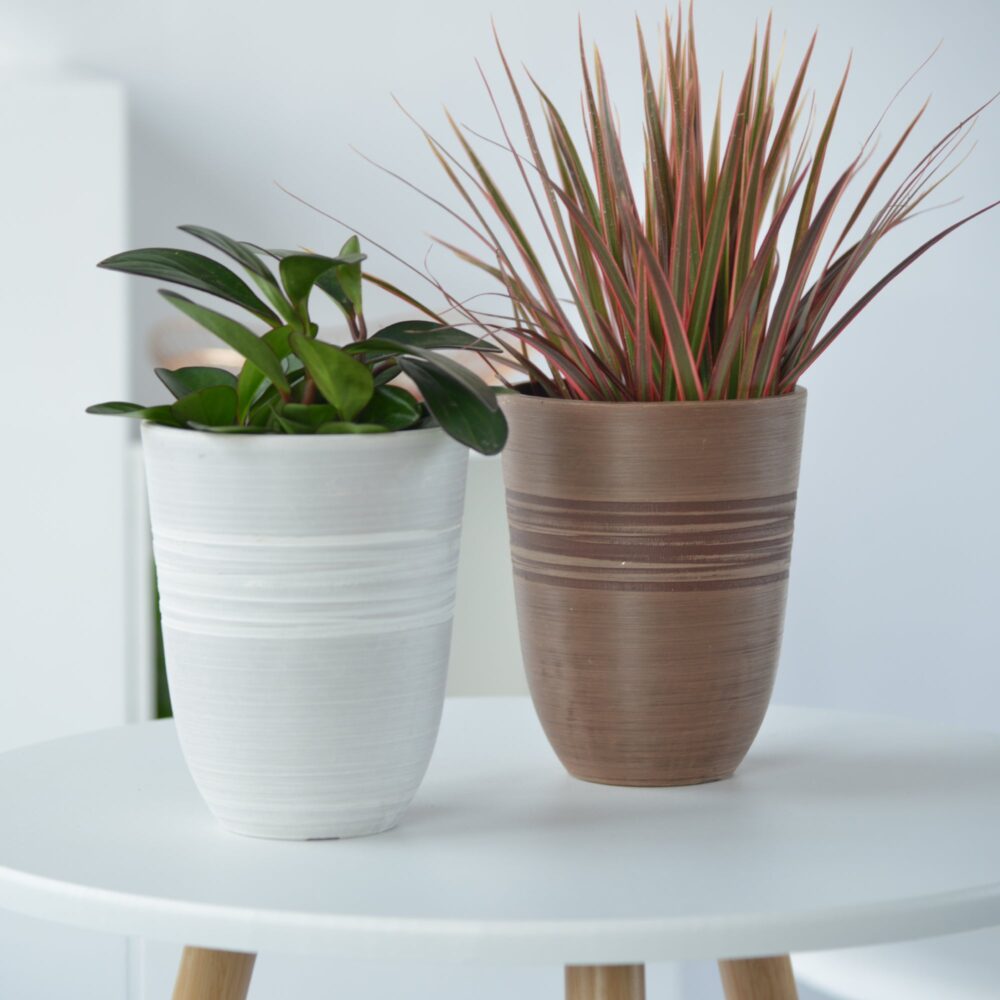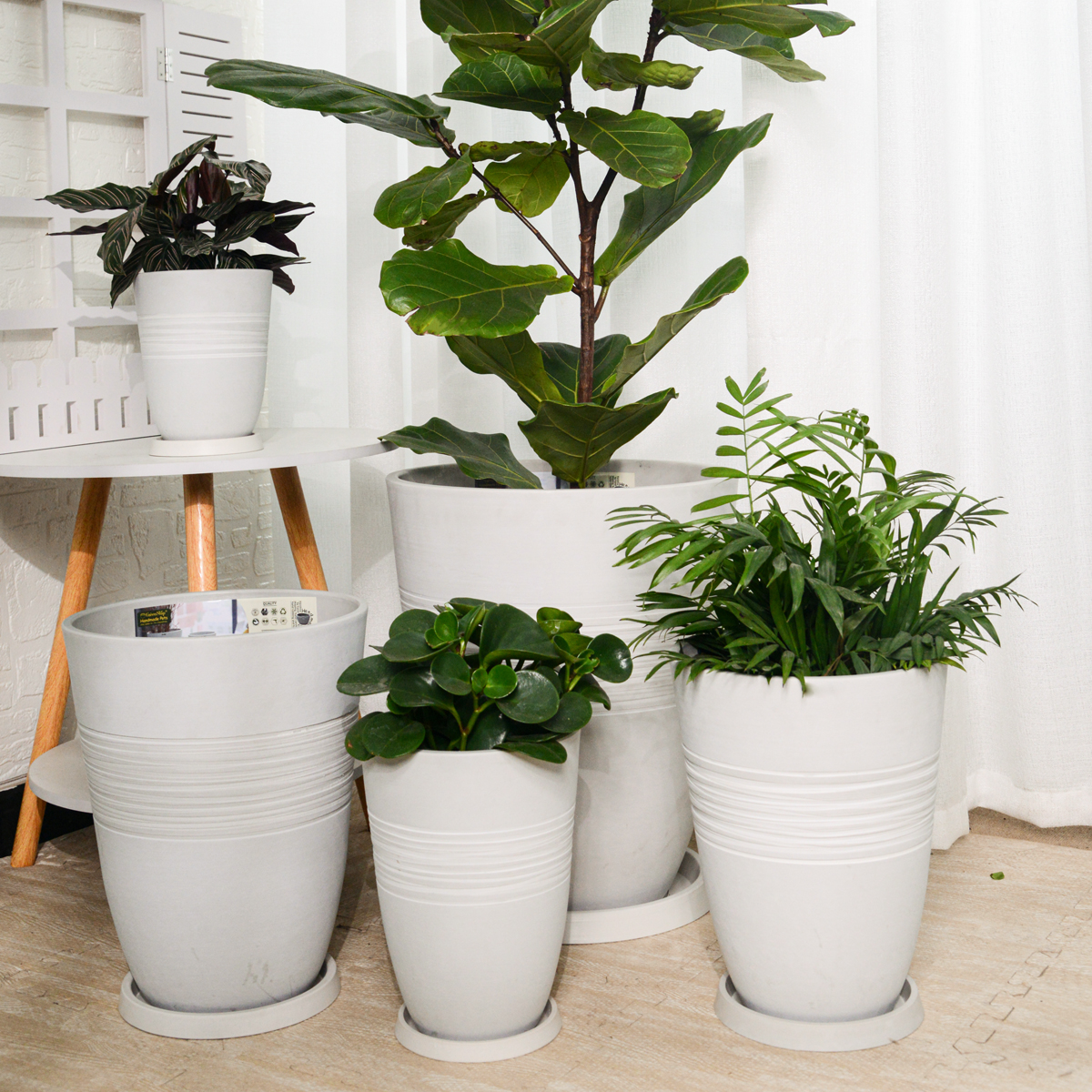Supercharge Your Guava Propagation with This Unexpected Kitchen Combo!
Want to multiply your guava plants quickly and naturally? The Spanish article you cited unveils a fascinating method for propagating guava cuttings using a surprising combination of kitchen staples: coconut and banana. This technique is reported to significantly speed up root development, giving you new guava trees in no time. Let’s explore this intriguing approach and how you can try it at home.

The Power Duo: Coconut and Banana for Rooting Guava
The article you linked from trucoshogarjardin.com details a method where coconut and banana are used to create an environment conducive to rapid root growth in guava cuttings. While the exact scientific mechanisms aren’t fully elaborated in the article, we can infer some potential benefits based on what we know about these ingredients.
Here’s a breakdown of the method described (based on the likely content of such an article):
- Prepare the Guava Cutting: Select a healthy stem cutting from a mature guava tree. The cutting should ideally be a few inches long with some leaves.
- Coconut Preparation: The article likely suggests using some form of coconut, possibly grated coconut flesh or coconut coir, to create a moist and supportive medium around the base of the cutting. Coconut coir, in particular, is known for its excellent water retention and aeration properties, which are crucial for root development. Coconut water also contains natural hormones that can stimulate root growth.
- Banana Application: The banana is likely used in a couple of ways. The peel, rich in potassium and other minerals, might be wrapped around the base of the cutting or placed in the rooting medium. The fleshy part of the banana could also be mashed and applied to the cut end of the stem, potentially providing nutrients and acting as a natural rooting stimulant. Bananas are known to contain potassium, which is beneficial for root growth.
- Creating a Humid Environment: The cutting, surrounded by coconut and banana, is then typically placed in a pot with soil or a similar rooting medium. To maintain humidity, the setup might be covered with a plastic bag or placed in a mini-greenhouse.
- Waiting for Roots: The cutting is kept in a warm, bright location (but out of direct sunlight) and watered regularly to maintain moisture. Roots are expected to develop much faster than with traditional methods.
Why This Method Might Work:
- Moisture Retention: Coconut, especially coconut coir, is excellent at retaining moisture, which is essential for the development of new roots.
- Aeration: Coconut coir also provides good aeration, preventing the roots from suffocating.
- Nutrient Supply: Bananas are rich in potassium and other minerals that can nourish the developing roots.
- Natural Hormones: Coconut water contains cytokinins and other natural hormones that can stimulate cell division and root growth. Bananas may also contain compounds that act as natural rooting stimulants.
- Protection: The coconut and banana might offer some protection against fungal diseases and drying out.
How to Try This at Home (Adaptation for US Gardeners):
While the specific details from the Spanish article are needed for precise instructions, here’s a general approach based on the concept:
Gather Your Materials:
- Healthy guava cuttings (6-8 inches long).
- Coconut coir or shredded coconut.
- Ripe banana.
- Potting mix.
- Small pots.
- Plastic bags or a clear container to create humidity.
- Sharp knife or pruning shears.
Prepare the Cutting: Make a clean, angled cut at the bottom of your guava cutting. You can gently scrape the lower inch of the stem to encourage rooting.
Apply Banana: You can either wrap a piece of banana peel around the base of the cutting or gently rub the cut end with mashed banana.
Create the Coconut Medium: Fill a pot with a mixture of coconut coir (or shredded coconut) and a bit of potting mix. Moisten the medium.
Plant the Cutting: Make a hole in the coconut mixture and insert the guava cutting, ensuring the banana-treated end is buried.
Maintain Humidity: Cover the pot with a plastic bag or place it in a clear container to create a humid environment. Make sure there’s some ventilation to prevent excessive moisture buildup and mold.
Provide the Right Conditions: Place the pot in a warm, bright spot, but avoid direct sunlight. Keep the rooting medium consistently moist.
Check for Root Development: After a few weeks, gently check for root development by lightly tugging on the cutting. If you feel resistance, roots have likely formed.
Transplant: Once the roots are well-established, you can transplant the new guava plant into a larger pot or directly into the ground if the weather is suitable.

Important Considerations:
- Guava propagation can also be achieved through other methods like air layering, stem cuttings (often with rooting hormone), grafting, and budding, which are commonly used commercially.
- The success of this specific coconut and banana method might depend on various factors, including the type of guava, the maturity of the cutting, and environmental conditions.
- While bananas are rich in potassium, coconut provides moisture and potentially rooting hormones. This combination might create a beneficial environment for root initiation.
Plant Pots 6 inch 8 inch 10 inch for Indoor Plants, Set of 3 Modern Decorative Planter ts with Drainage Hole, Decorative Flower Pots
By greenship-seo|2025-04-10T06:39:28+00:00January 14, 2025|Categories: Hand-carving Series|Tags: Decorative Flower Pots|
20T
By greenship|2024-08-13T06:42:22+00:00August 13, 2024|Categories: Hand-carving Series|
HS
By greenship|2024-08-13T06:45:17+00:00August 13, 2024|Categories: Hand-carving Series|
11V
By greenship|2024-08-13T03:05:48+00:00August 13, 2024|Categories: Hand-carving Series|
KC2-11VH
By greenship|2024-08-16T06:19:28+00:00August 16, 2024|Categories: Hand-carving Series|
Planter 6 in W / 8 in W / 12 in W Indoor or Outdoor Plants, Modern Decorative Plant Pots with Drainage Hole, Decorative Flower Pots
By greenship-seo|2025-02-06T13:43:53+00:00January 16, 2025|Categories: Hand-carving Series|Tags: Decorative Flower Pots|






